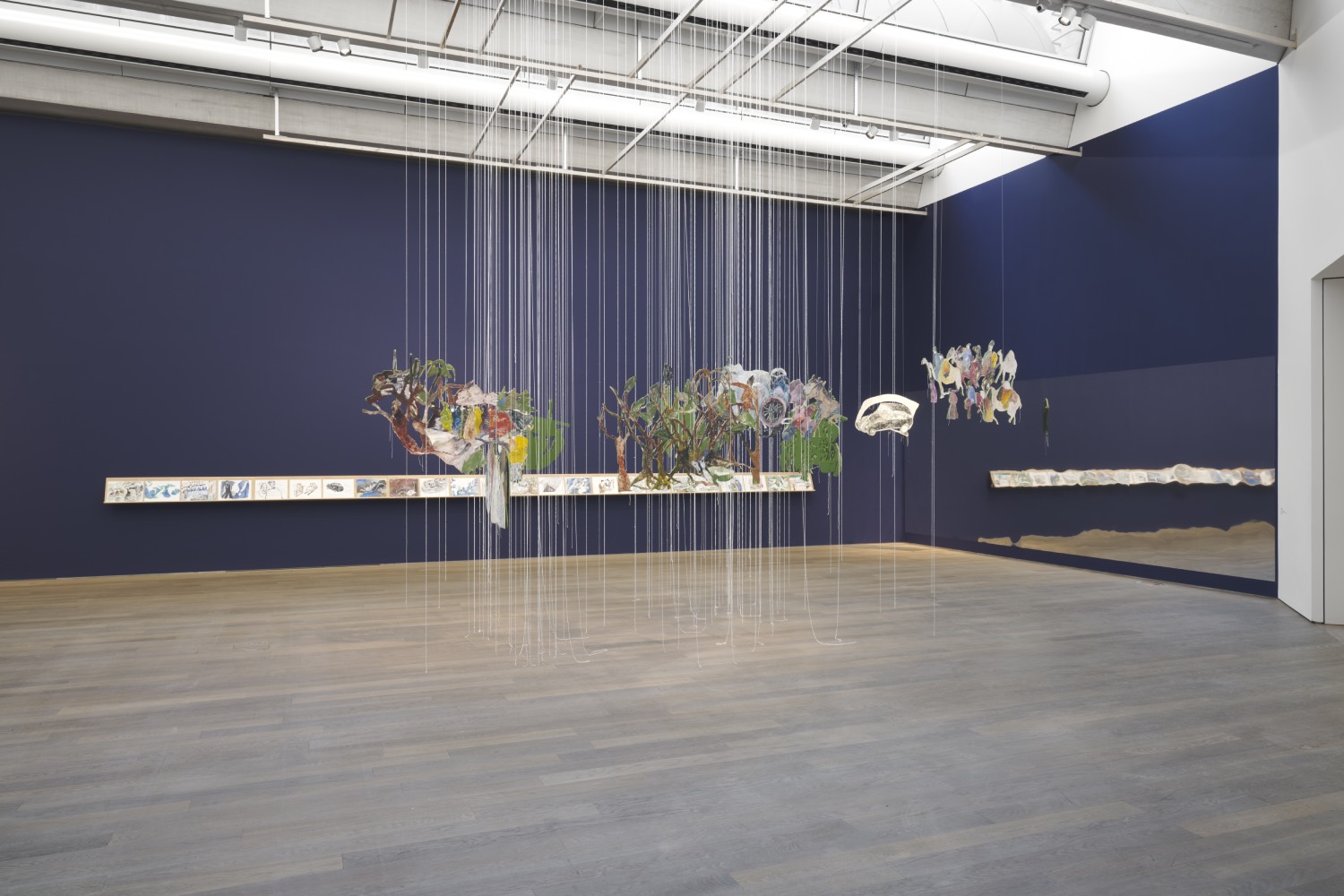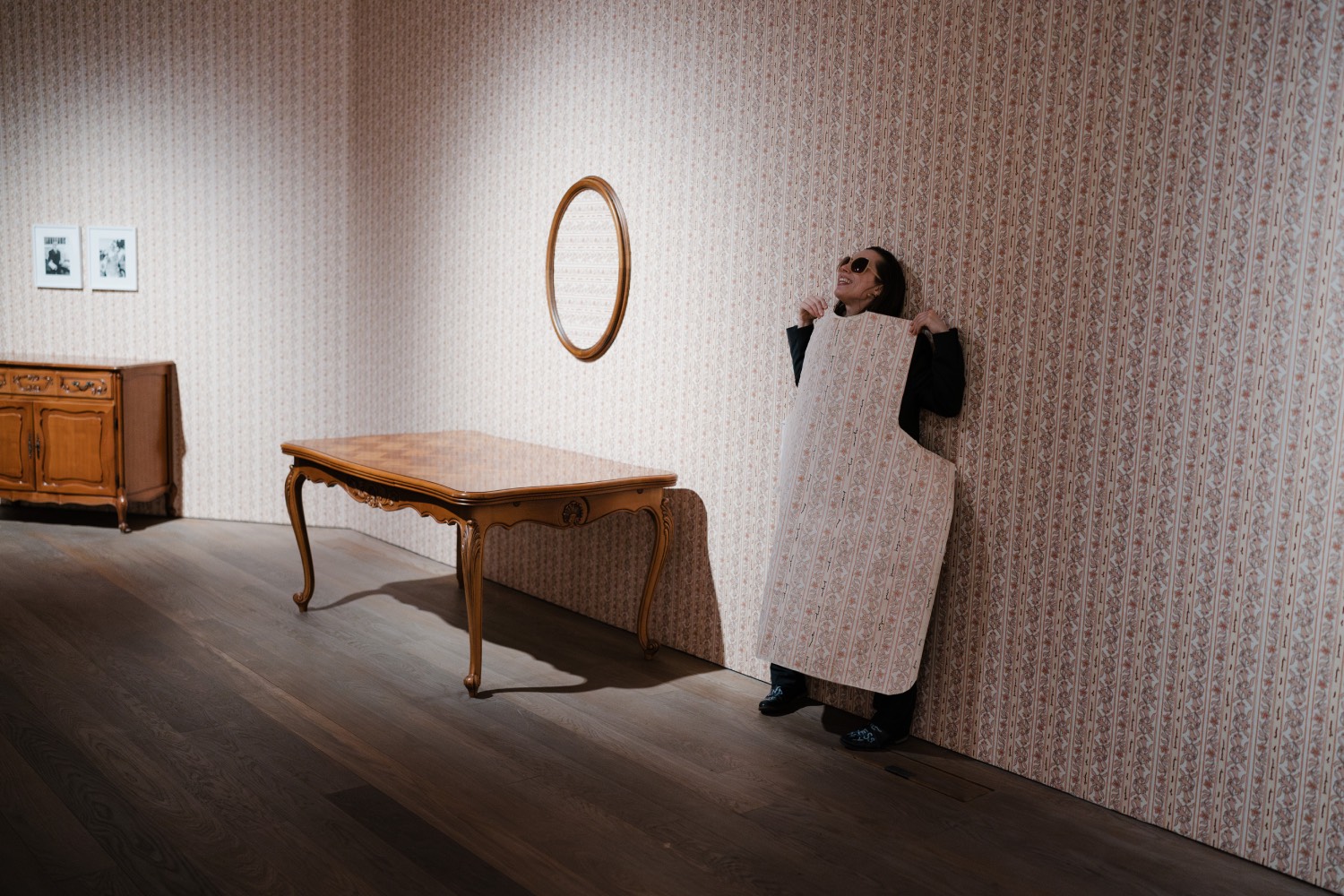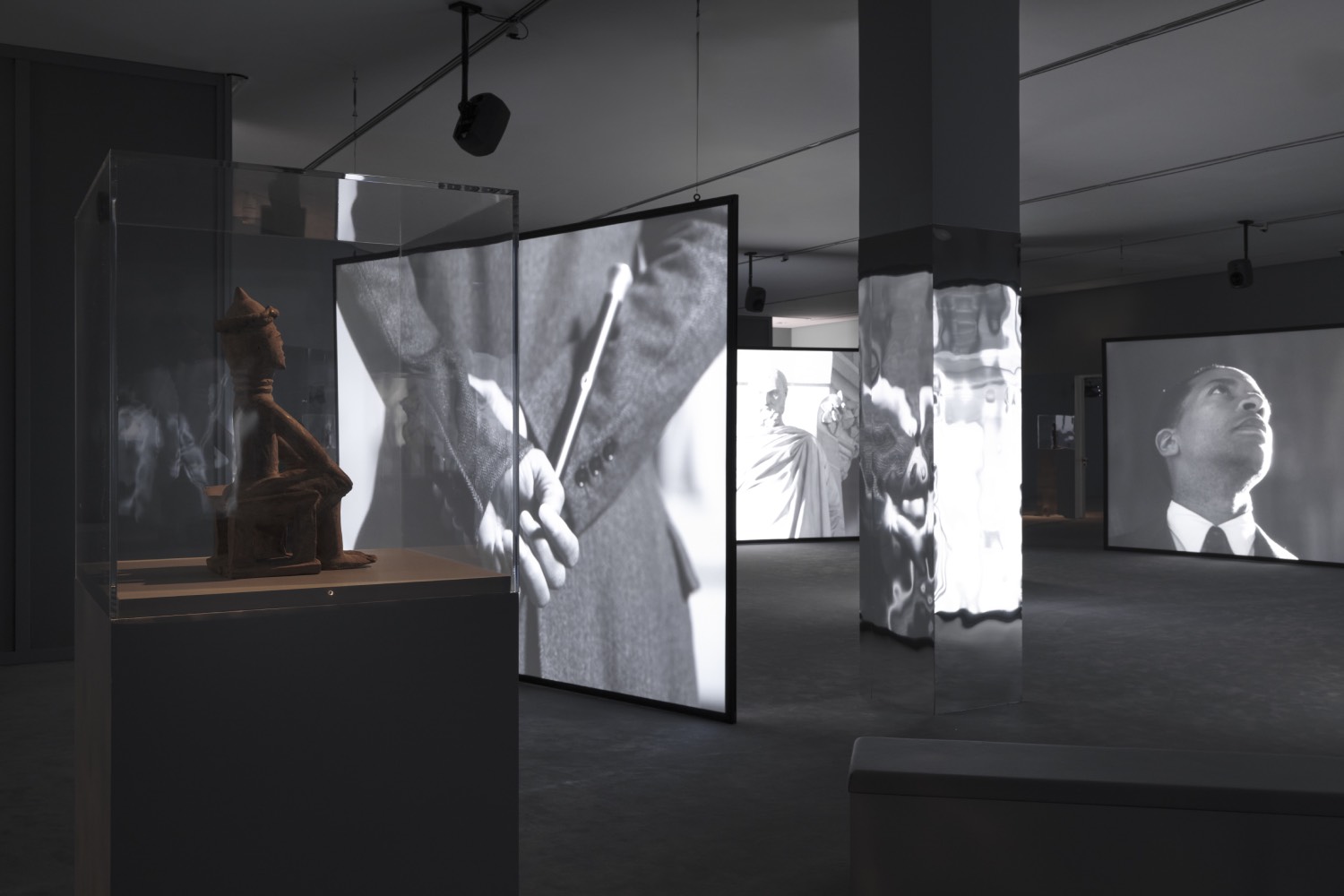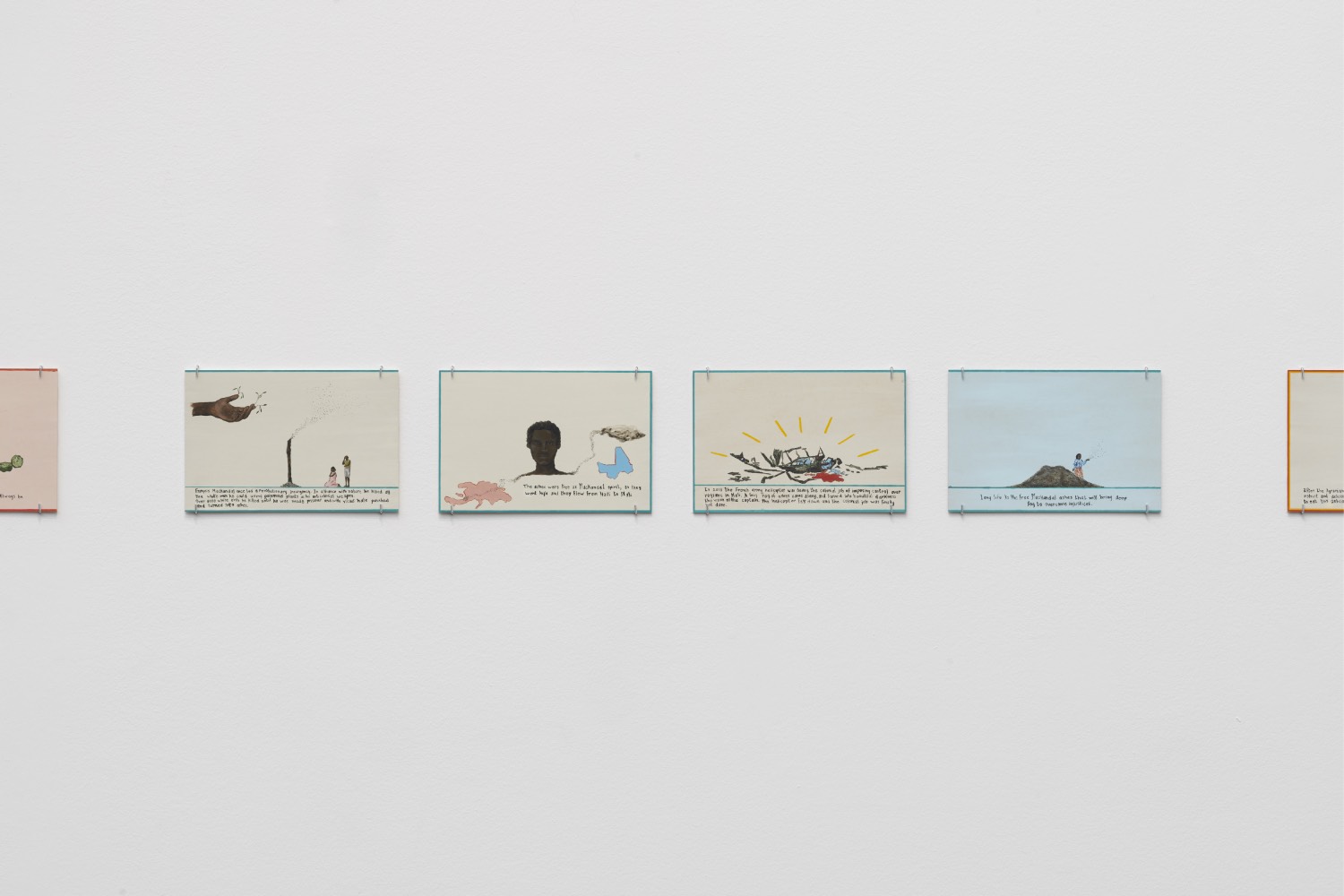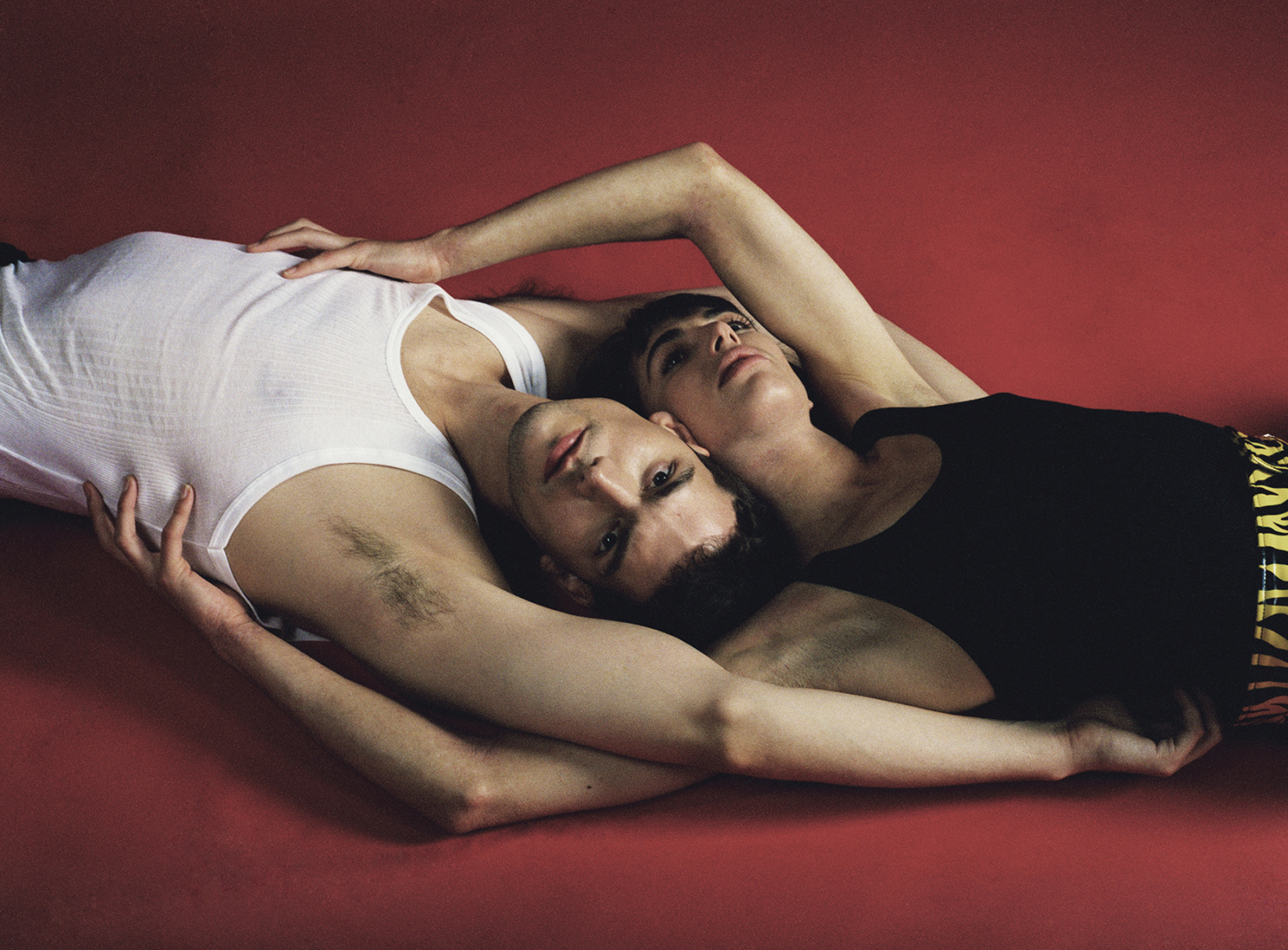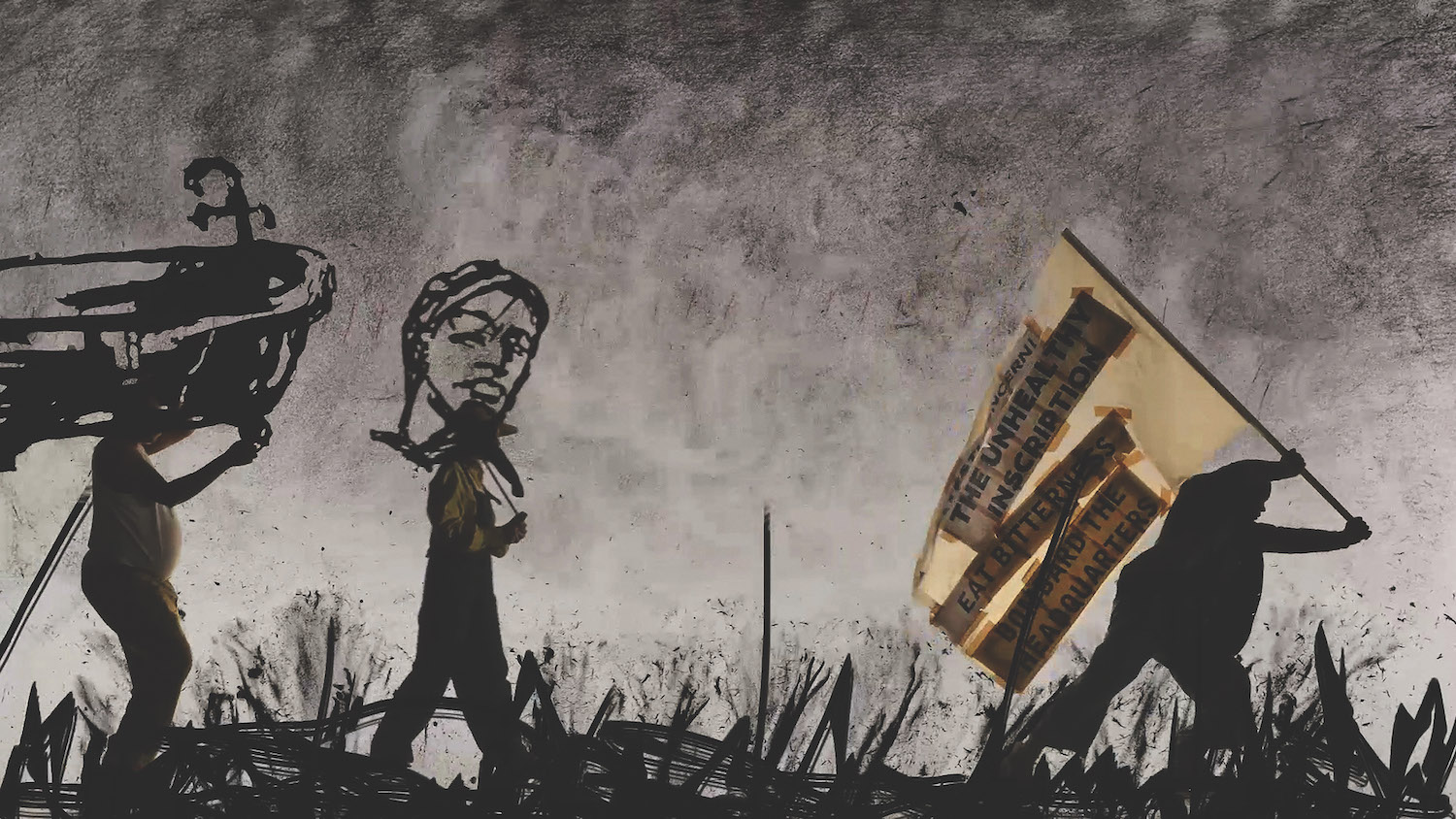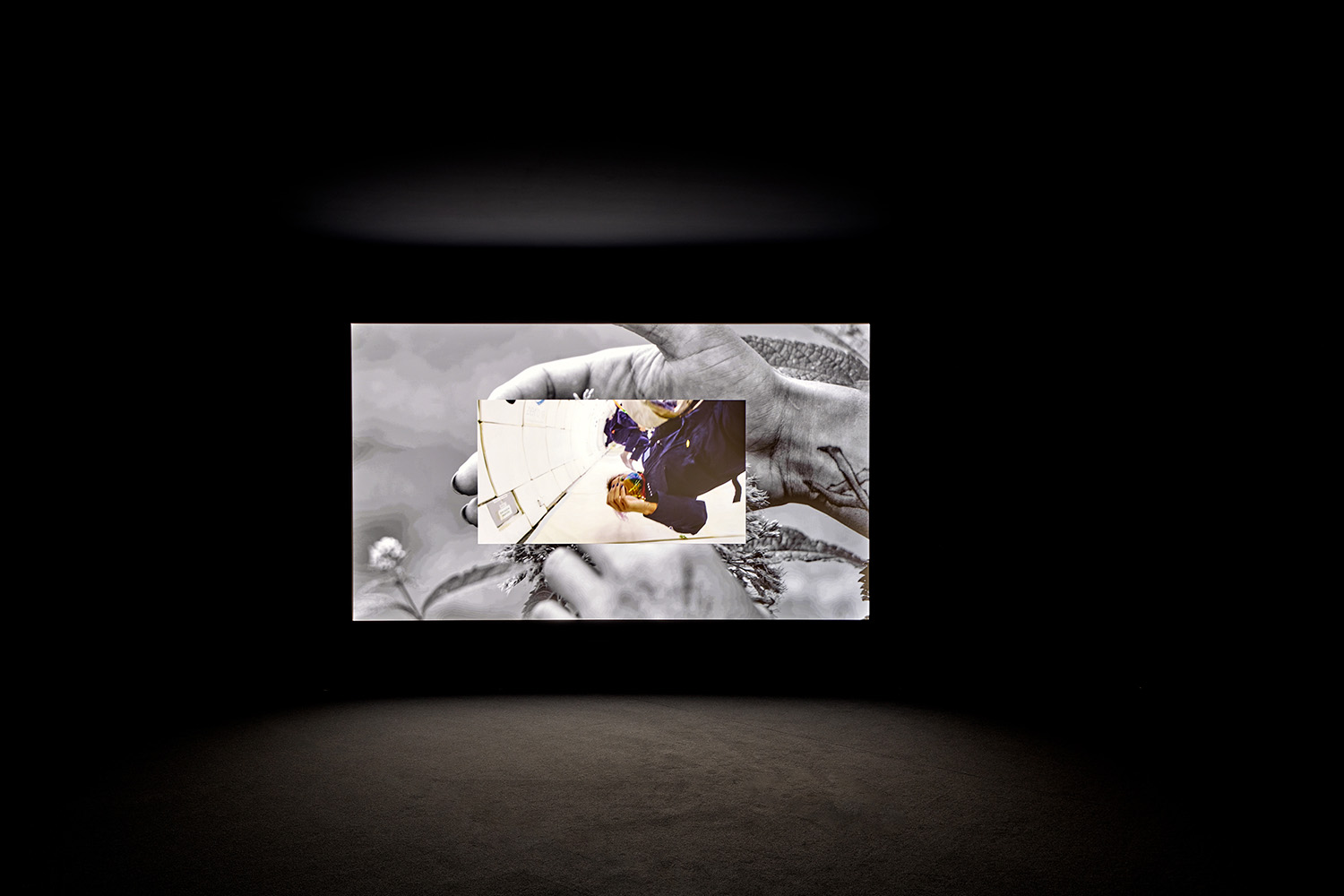On a wet, rainy day in the suspended city, approaching MUDAM is like entering another stratosphere. Immersed in a beautiful, forest-green park and surrounded by the once fortified walls of the city, this cultural cathedral, away from the financial district, feels like a safe haven in terms of political values and content.
“A Model” at MUDAM Luxembourg showcases a dynamic and transformative art experience that challenges the traditional role of museums and invites visitors to actively engage with contemporary art and its societal implications.
The exhibition’s approach to reimagining museums as living, responsive spaces that adapt to the ever-changing cultural landscape is not only forward-thinking but also essential for fostering dialogue, diversity, and critical engagement with art. By highlighting the potential for art to have a profound impact on society, the exhibition underscores the importance of artists’ roles in shaping narratives and pushing boundaries.
The structured narrative of the exhibition, divided into “Prelude,” “A Model,” and “Epilogue,” signifies a purposeful journey through different moments of exploration and introspection. This structure guides visitors through a varied and immersive experience, offering opportunities for contemplation, interaction, and dialogue with the artworks on display.
The incorporation of recent global events, such as the pandemic, into the exhibition’s thematic framework demonstrates a deep understanding of the influence of external factors on our perceptions and behaviors. By acknowledging the role of social media and visual technologies in shaping our reality, the exhibition prompts critical reflection on the modern human experience.
“A Model” is structured around three distinct moments, starting with “A Model: Prelude —Rayyane Tabet. Trilogy,” followed by “A Model,” in which works by international artists unfold throughout the museum, and concluding with “A Model: Epilogue — Jason Dodge. Tomorrow, I walked to a dark black star.”
A reflection of the ongoing evolution of modern and contemporary art museums, and inspired by the project of artist and activist Palle Nielsen, the show encourages a reevaluation and redefinition of the museum’s role in society, calling for a continuous process of rethinking and reinvention.
As visitors enter “A Model (Prelude),” Oscar Murillo’s arena (collective conscience, 2015–) activates the space with its “stuffed audience,” crudely modeled life-size mannequins dressed as workers, which sit alongside visitors as they watch the show’s screening program. Viewed as a whole, the work is a striking embodiment of the social and interactive nature of the show. By transforming the exhibition space into a forum for discussion and exchange, Murillo’s work elevates the role of the exhibition beyond mere observation to a dynamic site for communal engagement.
He has successfully created a forum where diverse audiences can come together, share their perspectives, and actively participate in shaping the narrative of the exhibition. This approach not only democratizes the art experience but also underscores the crucial social function that art and museums can serve in fostering dialogue and connection.
Anna Boghiguian’s evocative story-drawings, both on paper and on hanging cutouts that make up The Silk Road (2020–21), unravel the history of women’s labor in nineteenth-century silk production, while nearby Daniela Ortiz’s illustration-like paintings The Rebellion of the Roots (France) (2021) present an altogether more bloody and unforgiving view of the rebellions of colonized people. Meanwhile in the video program, the Western museum as repository of empire becomes the location for Sophia Al-Maria’s riotous and hallucinatory TIGER STRIKE RED (2022), with its ethnically diverse cast of interlopers who explore and critique the Victoria & Albert Museum. Intercut with fragments of old Empire-nostalgic British films such as Lawrence of Arabia (1962), the work shows the great distance between the old Western century and today’s concerns.
Rayyane Tabet was invited to conceive a site-specific project for the Henry J. and Erna D. Leir Pavilion. An architect by training, the artist attaches great importance to the context in which his projects are embedded. His installations consider the historical framework of the architecture of the museum, revealing its particularities alongside its contradictions.
Tabet’s body of work builds upon the analysis of sociocultural contexts, combining historical and subjective memory to offer an alternative reading of the official narrative of his object of study and open it up to new meanings. For the pavilion, the artist devised Trilogy (2023–24), an installation that unfolds around pivotal moments of Luxembourg’s history in dialogue with his own personal memory.
This installation includes Sanatorium Paimio (bedroom furniture), a central work of the Mudam Collection conceived by architect Alvar Aalto between 1930 and 1933. Emblematic of functionalist research and humanist thinking, Aalto designed the bedroom furniture to contribute to well-being and recovery.
Transforming the pavilion’s walkway, Tabet installs translucent curtains originating from his grandparents’ 1950s apartment in Beirut. The artist highlights I. M. Pei’s signature architectural style — characterized by glass-paned surfaces, symbolic of openness and an era marked by progress and prosperity — by inserting personal memory into Mudam’s building. In contrast, the pavilion’s glass roof panels are covered with a blue film in reference to the camouflage techniques used by residents of Beirut during the 1967 Six-Day War. Rendering Mudam’s interior invisible from above, the artist sets Sanatorium Paimio (bedroom furniture) in an infinite twilight.
Lastly, in the lower floor of the pavilion the artist references the 2020 Beirut explosion, exhibiting a series of jugs made from glass fragments retrieved onsite following the blast, envisioning a symbolic repair.


